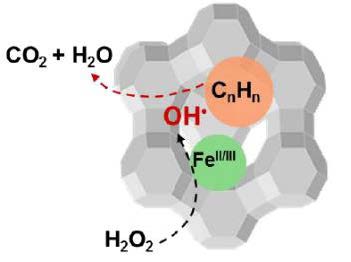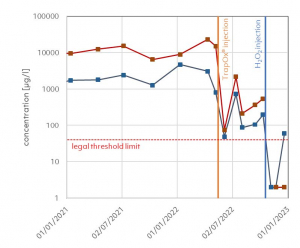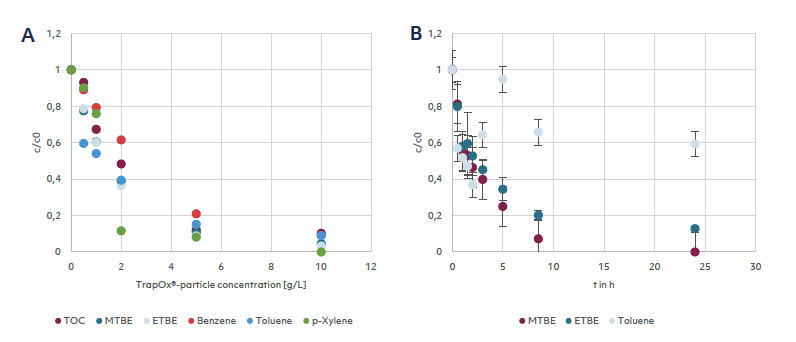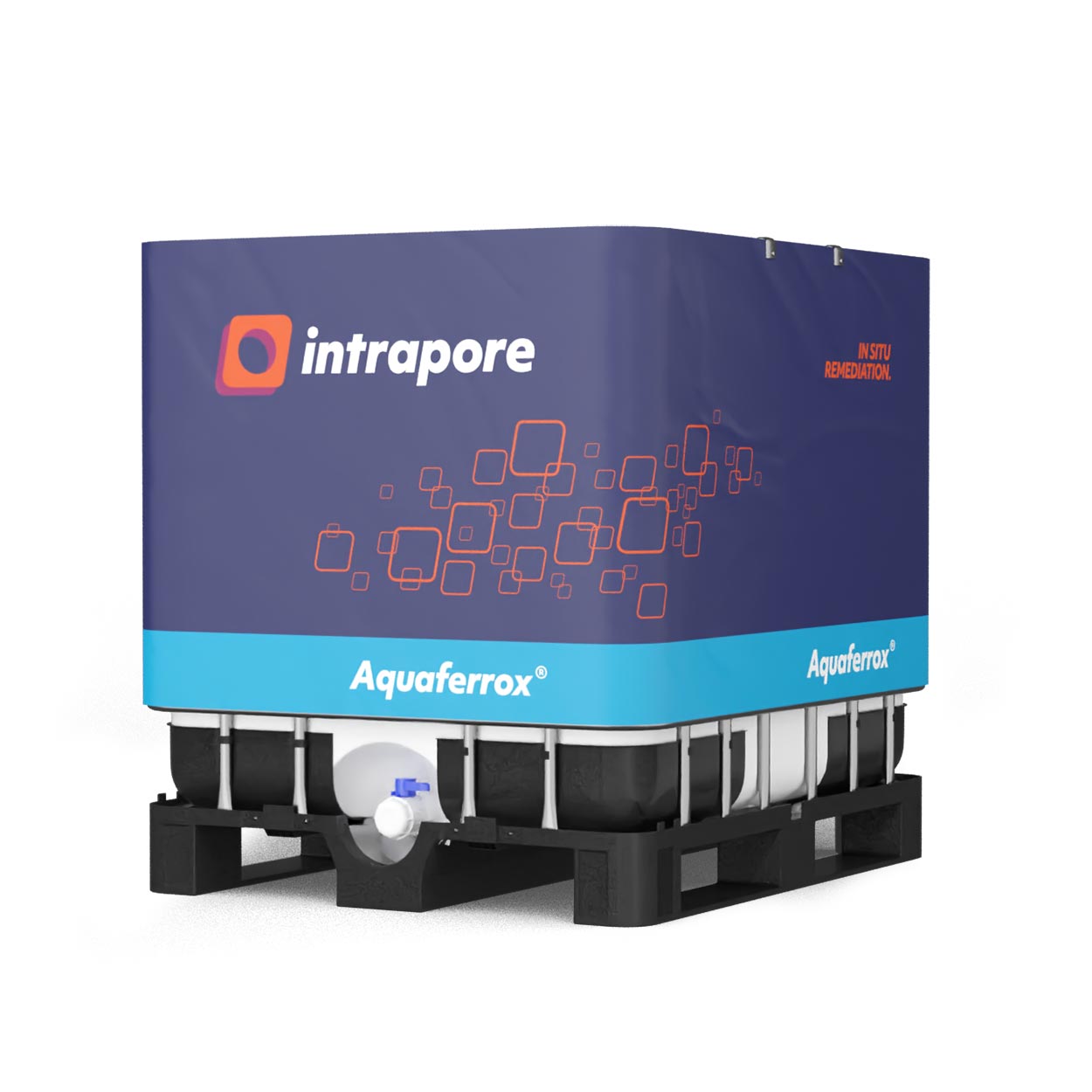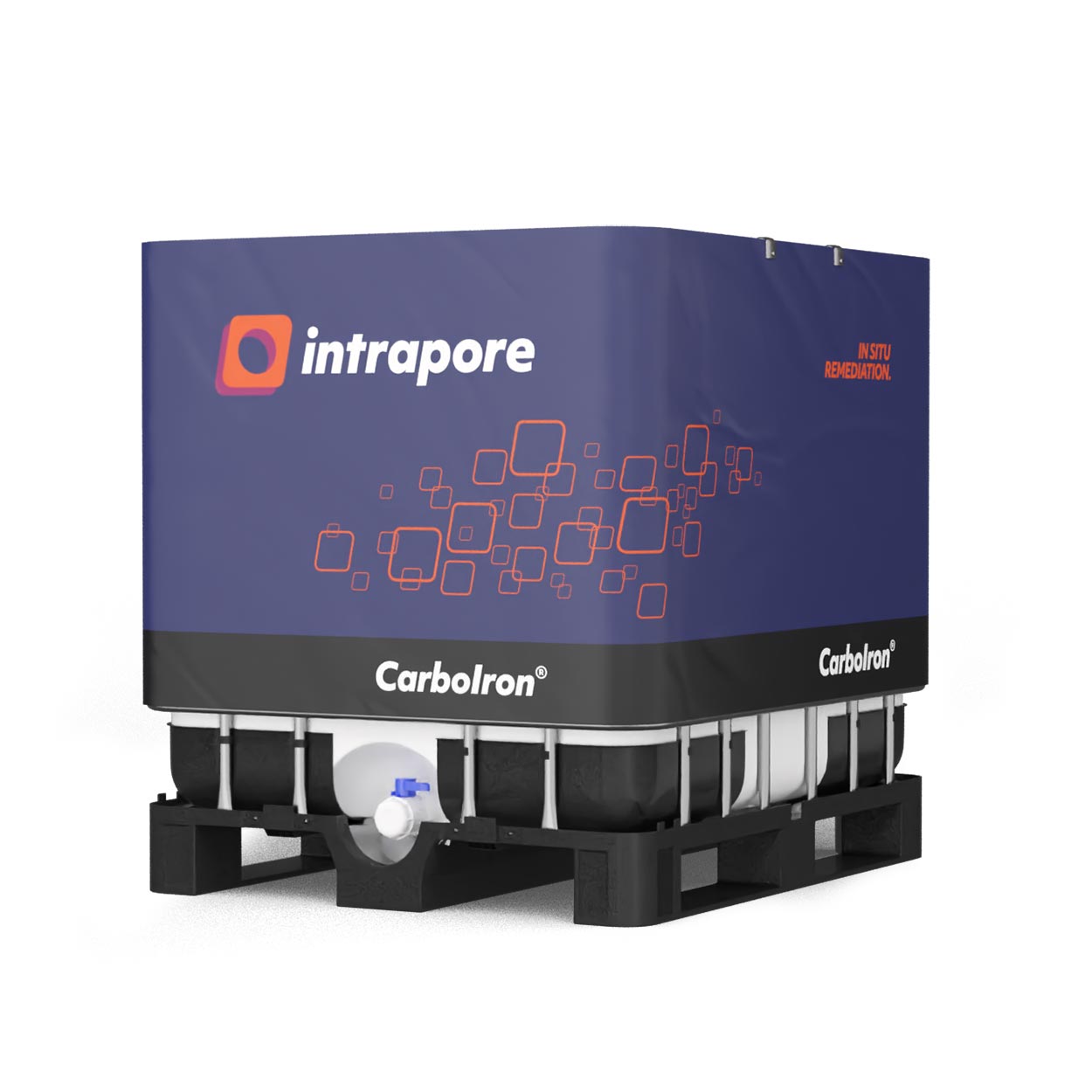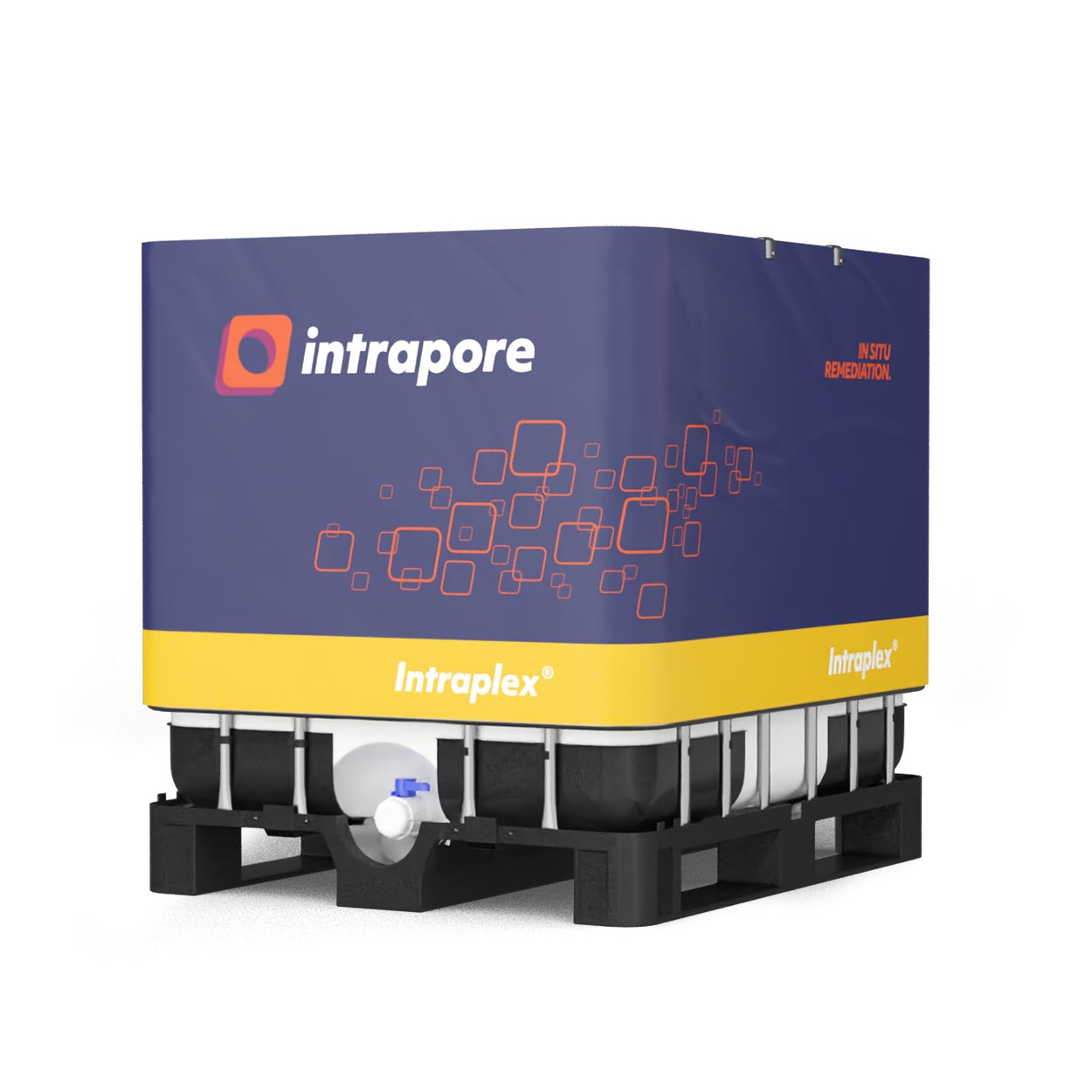Target contaminations
The injection of zeolite microparticles suspension into the aquifer can trap various organic substances. Our main targets are MTBE, phenols, PAHs, and halogenated hydrocarbons, such as dichloromethane and chlorobenzenes. Nitroaromatic compounds like TNT can also be treated.
Why TRAPOX®
With TrapOx®, sorption processes strongly enhance the degradation of persistent pollutants. We create highly reactive zones in the aquifer, where the pollutants are first accumulated and then successively treated.
Main application
- Fast removal of contaminant plumes
- also for persistent contaminants
- Highly adsorptive and reactive
- Advanced ISCO
- Regeneration of the reactive zone possible

